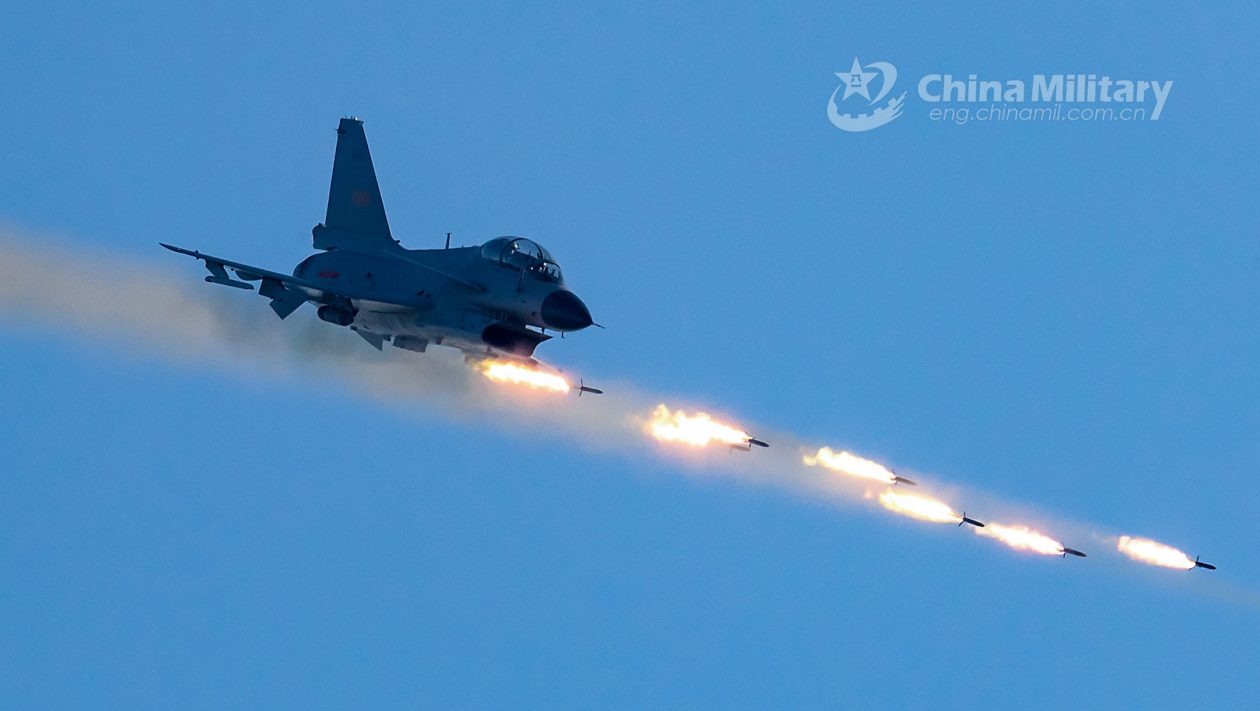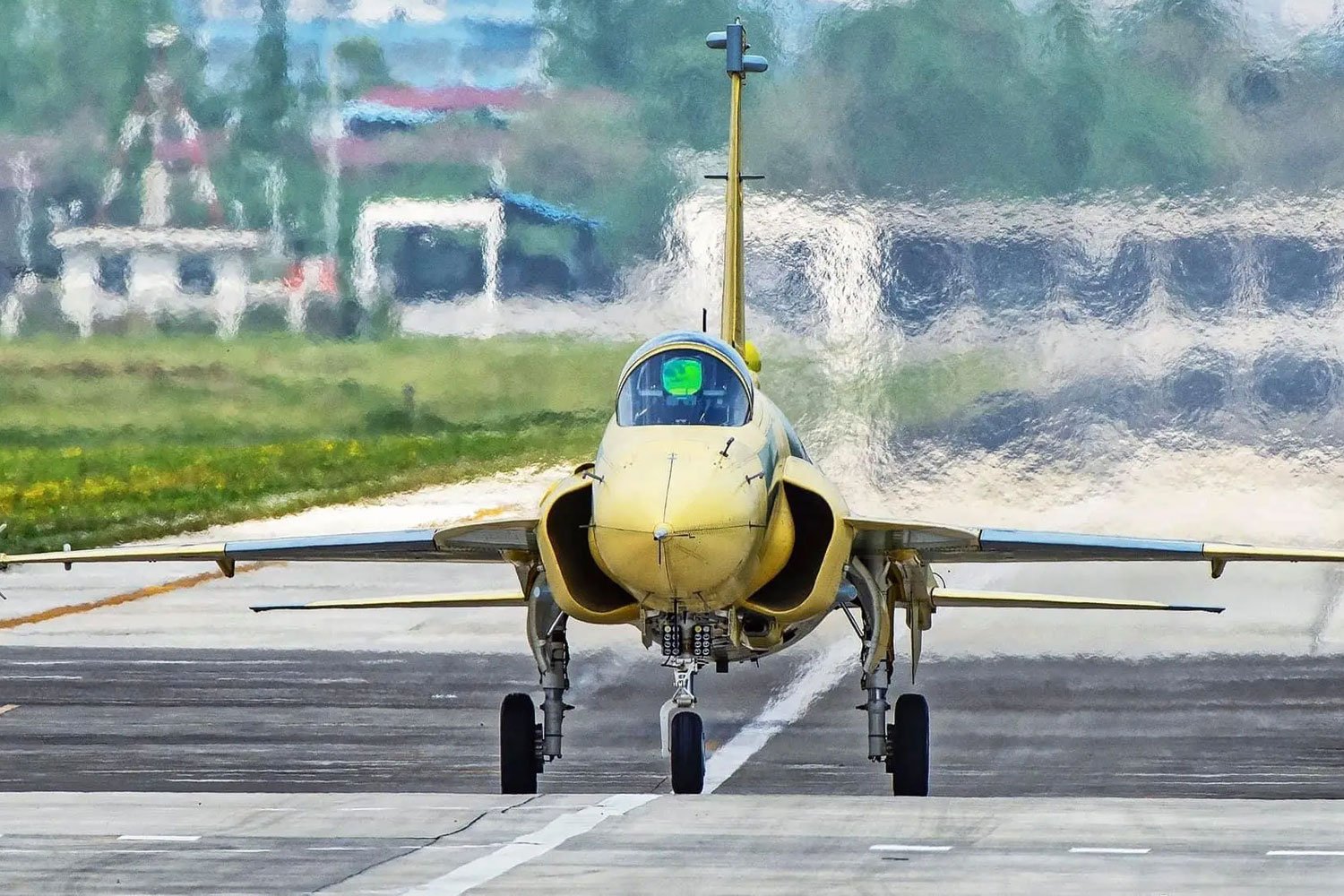In one of the most significant policy turnarounds of the United States in recent times, the Biden administration approved $1.3 billion in military aid for Egypt, disregarding human rights abuse concerns that had previously hampered Washington-Cairo ties.
Typically, a segment of the assistance would be dependent on Egypt meeting its commitments to improve its human rights record, which has increasingly been called into question. However, US Secretary of State Antony Blinken informed Congress on September 11 that the military support would not be subject to customary requirements.
Later, a US State Department spokesperson clarified that such conditions were dropped for the sake of national security.
“This decision is important to advancing regional peace and Egypt’s specific and ongoing contributions to U.S. national security priorities, particularly to finalize a ceasefire agreement for Gaza, bring the hostages home, surge humanitarian assistance for Palestinians in need, and help bring an enduring end to the Israel-Hamas conflict,” the spokesperson said.
As authorities attempt to put an end to the conflict in Gaza, Egypt, a significant US ally in the region, has emerged as a key player in the ceasefire talks that are currently taking place between Israel and the Palestinian militant group Hamas.
China-Taiwan War: U.S. Readies Elite ‘DEVGRU’ Commandos To Thwart PLA’s Potential Invasion – Media
Human rights activists who have been denouncing the administration of Egyptian President Abdel Fattah al-Sisi for major human rights abuses like torture and enforced disappearances have expressed regret over the move. However, despite these allegations, Cairo has remained a staunch US ally in the Middle East region, where Washington has been losing ground in recent years.
Although the decision appears to have been influenced by Egypt’s central role in ceasefire talks aimed at ending the hostilities that have continued for 11 months, the timing of the announcement is intriguing.
The announcement comes just days after speculative reports emerged suggesting that Egypt was contemplating the purchase of the Chinese J-10C Vigorous Dragon combat aircraft. The J-10C made its debut at the recently concluded Egypt International Air Show, which is what initially started the rumors.

While these reports could not be verified independently, EurAsian Times understands that Egypt could be contemplating diversification of its fleet, much like other Middle Eastern countries that have been left wanting due to the US’s refusal to sell weapons on account of human rights records and political considerations.
As recently explained in a detailed EurAsian Times report, the J-10C is often compared to upgraded variants of the American F-16 Fighting Falcon.
Similar to the F-16s, the J-10 incorporates a computer-controlled fly-by-wire flight control technology that stabilizes its extremely agile yet aerodynamically unstable airframe. It can engage targets beyond visual range, launch precise air-to-ground strikes, refuel in flight, use digital glass cockpit equipment, and engage in electronic warfare.
Egypt’s air power has been hampered by US control over the spare parts and stringent operational limitations on the aircraft. Chinese military supplies, on the other hand, do not hinge on such conditions.
Egypt had earlier purchased two dozen Su-35s from Russia—a deal that Egypt later canceled, reportedly due to pressure from the United States. While it has a diverse fleet of aircraft consisting of American F-16s and French Rafales, it needs to upgrade its Fighting Falcons or acquire more cutting-edge jets.
So far, it is not clear how Cairo would use the US aid or whether it would be used to upgrade the aging F-16 Fighting Falcon to Viper standards.
In addition to its longstanding alliance with the United States, Egypt has developed a strong partnership with China, as evidenced by its membership in the BRICS coalition (an intergovernmental organization comprising Brazil, Russia, India, China, South Africa, Iran, Egypt, Ethiopia, and the United Arab Emirates).
Egypt is collaborating with China on the Belt and Road initiative and has recently commended China’s efforts to foster reconciliation among Palestinian factions.
Although there is not much evidence to support the theory that the US released the money to thwart Egypt’s plans to acquire a J-10C, it recently used its political clout to prevent a potential purchase of a Chinese fighter jet.
US “Shot Down” JF-17 For Argentine Deal
In April this year, Argentina’s president, Javier Milei, and Defense Minister, Luis Petri, disclosed that Argentina had finally sealed a deal to purchase two dozen second-hand Danish F-16 Fighting Falcons for about $300 million.
Intriguingly, the announcement came just weeks after the US administration authorized the sale of the US-made aircraft to Argentina.
For decades, the Argentine Air Force has been exploring various possibilities for procuring a new fighter jet. However, the British embargo and the country’s unstable financial status have thwarted these efforts.
While Argentina hailed the acquisition of 24 older and outdated F-16 fighter jets as groundbreaking, it raised eyebrows because the country was also presented with the option to acquire a brand-new JF-17 Block III aircraft built in China-Pakistan.

The announcement about acquiring F-16s from Denmark closed the lid on a possible purchase of the JF-17 multi-role fighter. This was significant given that the Argentinean Embassy in China had announced on March 14 that the South American nation was seriously considering the JF-17 aircraft.
The JF-17 boasts sophisticated avionics, electronics, and flight control systems, as well as an active electronically scanned array (AESA) radar and the ability to fire Chinese air-to-air missiles such as the PL-10, PL-12, and PL-15.
The jet has also received a lot of bad press due to alleged poor workmanship.
Indian Air Force ‘Prepares’ For China Clash; Upgrades Airbases, Develops New Runways To Check PLAAF
Moreover, several analysts contended that the JF-17 would have better suited Argentinian needs from a techno-industrial, commercial, and tactical perspective.
The US intervened, fearing that this growing cooperation would become problematic, and offered to replace the JF-17 with F-16 fighters. The choice in favor of the F-16, according to some experts, represents the Great Power rivalry between the US and China in Latin America.
Will the Argentine coup reapt in Egypt is to be seen?
- Contact the author at sakshi.tiwari9555 (at) gmail.com
- Headline Modified
- Follow EurAsian Times on Google News




